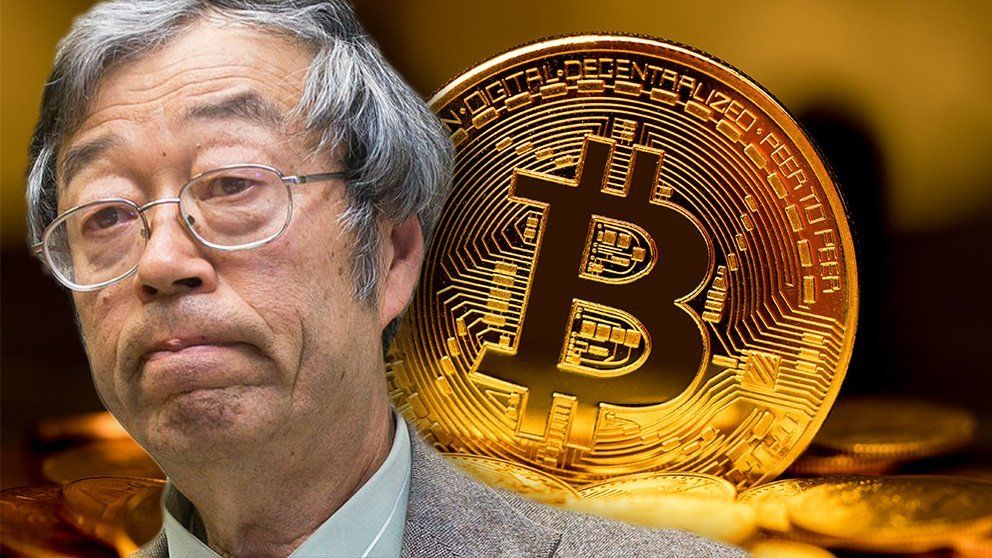Satoshi Nakamoto, the inventor of the Bitcoin protocol, published a paper outlining it via the Cryptography Mailing List on Nov. 1, 2008.
He then released the first version of the Bitcoin software client in 2009. He participated with others on the project via mailing lists until he finally faded from the community toward the end of 2010.
Nakamoto worked with people on the open-source Bitcoin team but never revealed anything personal about himself. The last anyone heard from him was in the spring of 2011 when he said he had “moved on to other things.”
But he was Japanese, right?
“Satoshi” means “clear thinking, quick-witted, wise.” “Naka” can mean “medium, inside, or relationship.” “Moto” can indicate “origin” or “foundation.”
Those things apply to the person who founded a movement by designing a clever algorithm. The problem, of course, is that each word has multiple possible meanings.
It is not known for sure whether Satoshi Nakamoto was Japanese or not. It’s rather presumptuous to assume that he was a ‘he.’ Allowing for the fact that this could have been a pseudonym, ‘he’ could have been a ‘she’ or even a ‘they.’
Does anyone know who Nakamoto was?
No, but the detective techniques people use when guessing are sometimes even more intriguing than the answer. The New Yorker’s Joshua Davis believed Satoshi Nakamoto was Michael Clear, a graduate cryptography student at Dublin’s Trinity College.
He arrived at this conclusion by analyzing 80,000 words of Nakamoto’s online writings and searching for linguistic clues. He also suspected Finnish economic sociologist and former games developer Vili Lehdonvirta. Both have denied being Bitcoin’s inventor. Michael Clear publicly denied being Satoshi at the 2013 Web Summit.

When Bitcoin.org was registered on August 18th, 2008, the registrant used a Japanese anonymous registration service and hosted it using a Japan-based ISP. The registration for the site was only transferred to Finland on May 18th, 2011, which weakens the Finland theory somewhat. Others think that it was Martii Malmi, a developer living in Finland who has been involved with Bitcoin since the beginning and developed its user interface.
A finger has also been pointed at Jed McCaleb, a lover of Japanese culture and former resident of Japan. McCaleb created the troubled Bitcoin exchange Mt. Gox. He also co-founded industry startups Ripple and Stellar.
Another theory suggests that computer scientists Donal O’Mahony and Michael Peirce are Satoshi based on a paper they authored concerning digital payments and Hitesh Tewari, based on a book they published together. O’Mahony and Tewari also studied at Trinity College, where Michael Clear was a student.
Israeli scholars Dorit Ron and Adi Shamir of the Weizmann Institute retracted allegations in a paper suggesting a link between Satoshi and Silk Road, the black market website that the FBI took down in October 2013. They had suggested a link between an address allegedly owned by Satoshi and the site. Security researcher Dustin D. Trammell owned the address and disputed claims that he was Satoshi Nakamoto.
In May 2013, Internet pioneer Ted Nelson threw another hat into the ring: Japanese mathematician Professor Shinichi Mochizuki, although he admits that the evidence is circumstantial.
In February 2014, Newsweek’s Leah McGrath Goodman claimed to have tracked down the real Satoshi Nakamoto, a 63-year-old man named Dorian Satoshi Nakamoto who lived just a few blocks away from Hal Finney – a computer scientist who worked closely with the early development of the Bitcoin network and received the first-ever bitcoin transaction. Dorian S. Nakamoto denied knowing anything about Bitcoin, eventually hiring a lawyer and releasing an official statement. The story gained so much mainstream attention that it forced the real Satoshi Nakamoto to come out of hiding to confirm that Dorian was not Bitcoin’s creator.
Please enter CoinGecko Free Api Key to get this plugin works.





